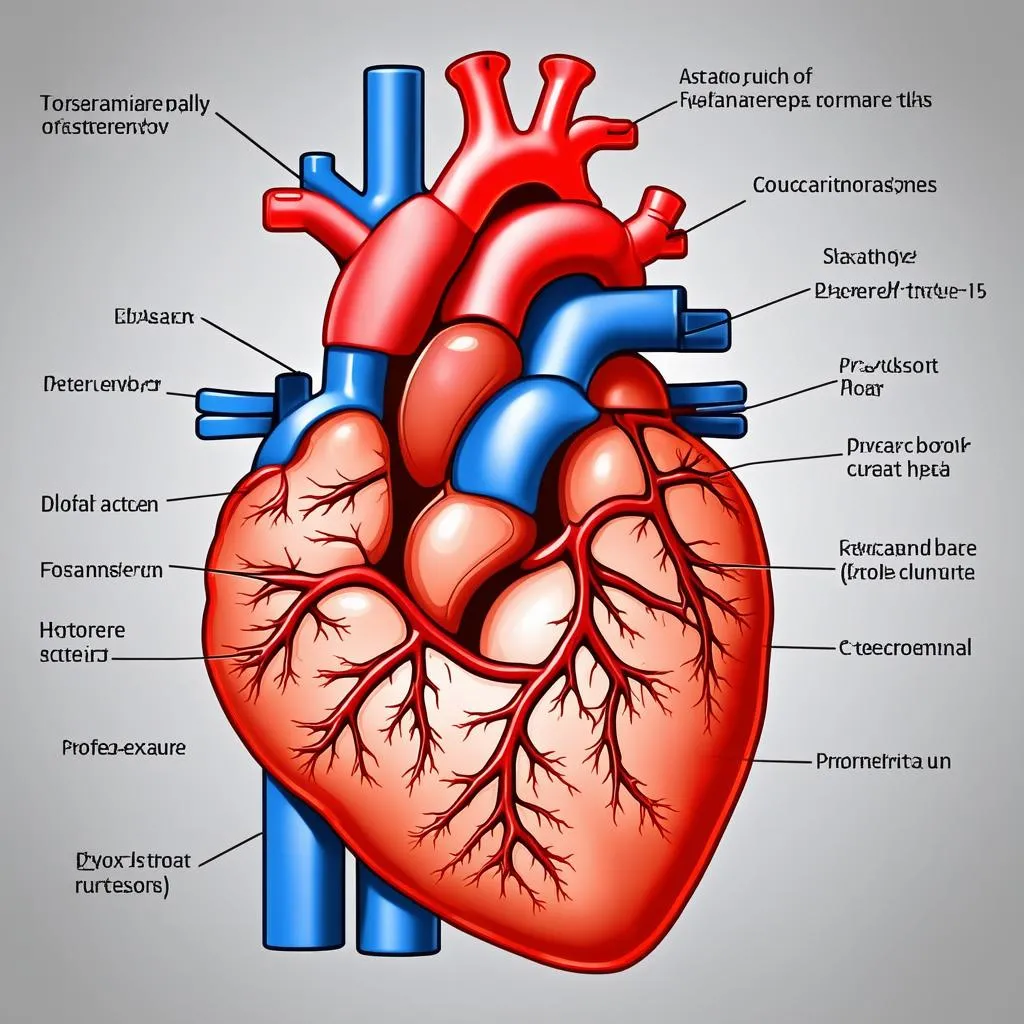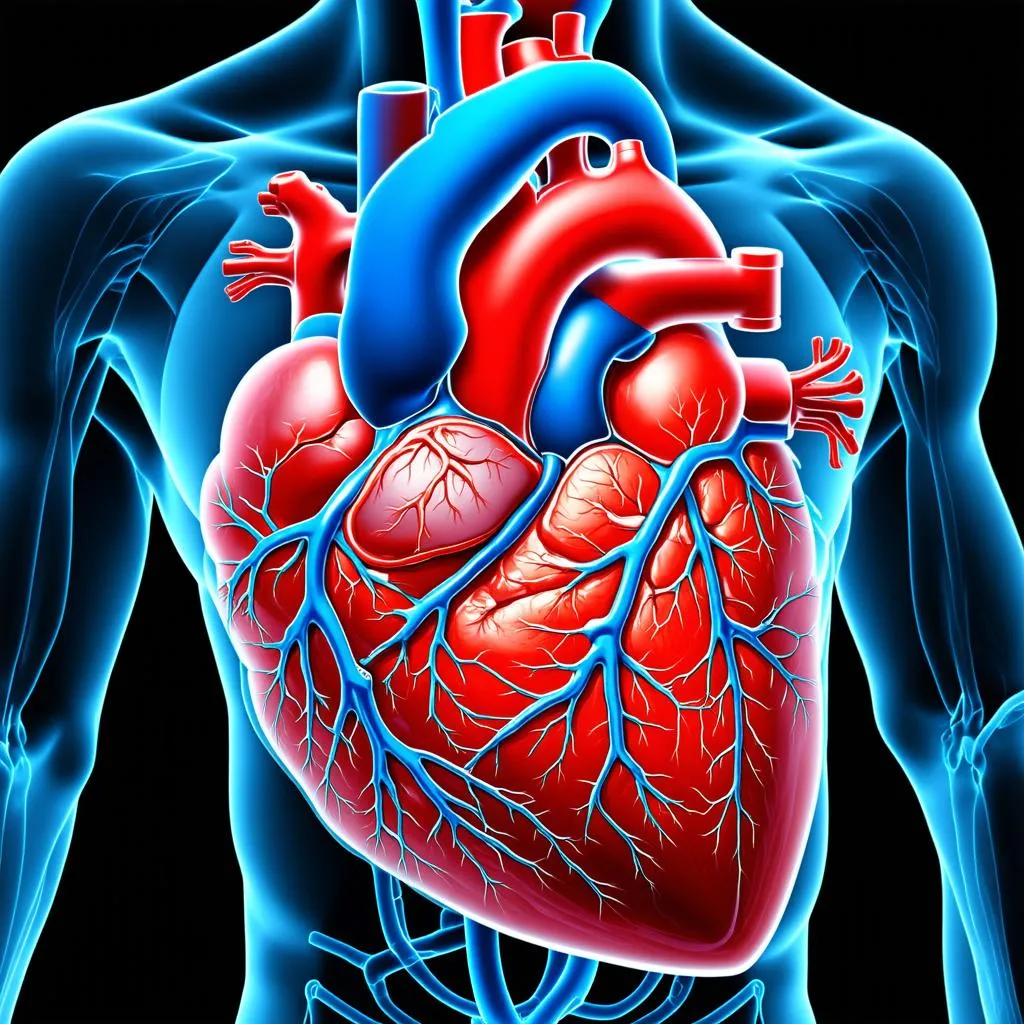Ever wondered how your blood, that vital life force, actually navigates its way through the intricate network of your circulatory system? It’s a fascinating journey, akin to exploring a bustling city with its own highways and byways. Let’s dive into the heart of the matter, shall we?
Understanding the Heart’s Layout
Before we embark on our blood vessel voyage, let’s get acquainted with the heart itself – the Grand Central Station of your body. This powerful pump, roughly the size of your fist, is divided into four chambers:
- Right Atrium: Imagine this as the arrival lounge for deoxygenated blood returning from its trip around the body.
- Right Ventricle: This chamber acts as the departure gate, pumping the deoxygenated blood to the lungs for a oxygen refill.
- Left Atrium: Welcoming back the now oxygen-rich blood from the lungs.
- Left Ventricle: The heart’s powerhouse, pumping this revitalized blood out to the rest of the body.
The Blood’s Itinerary: A Round Trip Through the Body
From Body to Lungs: The journey begins with deoxygenated blood flowing into the right atrium, then through the tricuspid valve to the right ventricle. From here, it’s pumped through the pulmonary valve into the pulmonary arteries and onwards to the lungs. Imagine this leg of the trip like a scenic train ride, winding through picturesque landscapes as the blood picks up its oxygen supply.
Back to the Heart: The freshly oxygenated blood returns from the lungs via the pulmonary veins, entering the left atrium. Think of this as arriving at a bustling train station, ready to distribute its precious cargo. It then flows through the mitral valve into the left ventricle.
From Heart to Body: Finally, the left ventricle, our powerful pump, propels the oxygen-rich blood through the aortic valve into the aorta, the body’s main artery. From there, it branches out like a network of highways and streets, delivering oxygen and nutrients to every cell.
What Makes This Journey Possible?
The driving force behind this continuous circulation is a rhythmic contraction and relaxation of the heart muscle, orchestrated by electrical impulses. It’s a finely tuned system, ensuring that every cell in your body receives the life-sustaining oxygen it needs.
 Blood Flow Through the Heart
Blood Flow Through the Heart
FAQs About Blood Circulation
Q: What is the role of valves in the heart?
A: Think of them as one-way doors within the heart, ensuring blood flows in the right direction and preventing backflow.
Q: How can I keep my heart healthy?
A: Just like maintaining a well-oiled machine, a balanced diet, regular exercise, and stress management are key. Imagine it as planning a trip with healthy meals, invigorating hikes, and moments of peaceful meditation.
Planning a Trip? Consider Your Heart Health
Speaking of travel, did you know that long flights can sometimes pose risks to circulatory health? Before embarking on a big adventure, particularly if you have pre-existing conditions, consulting your doctor is always a wise move. For travel tips and tricks, consider checking out resources on Travelcar.edu.vn – we even have articles on “How to Winterize a RV Travel Trailer” and “Should I Travel to Egypt?”.
Conclusion
Understanding how blood travels through the heart is not just a fascinating biology lesson; it’s about appreciating the remarkable system that keeps us going. So, the next time you feel your heartbeat, take a moment to marvel at the intricate journey happening within.
Do you have any other questions about blood circulation or travel tips? Share them in the comments below! And for more insightful articles, explore the wealth of information on TRAVELCAR.edu.vn.
 Human Heart Anatomy
Human Heart Anatomy
